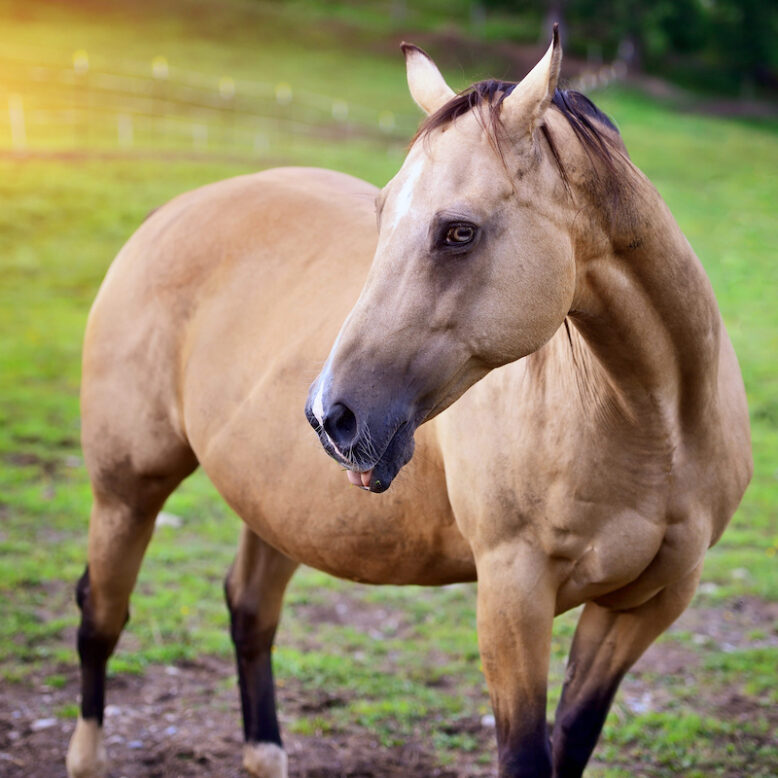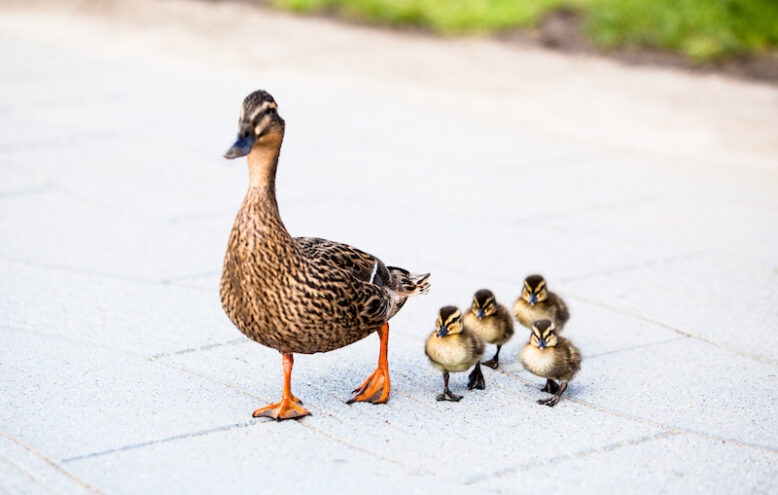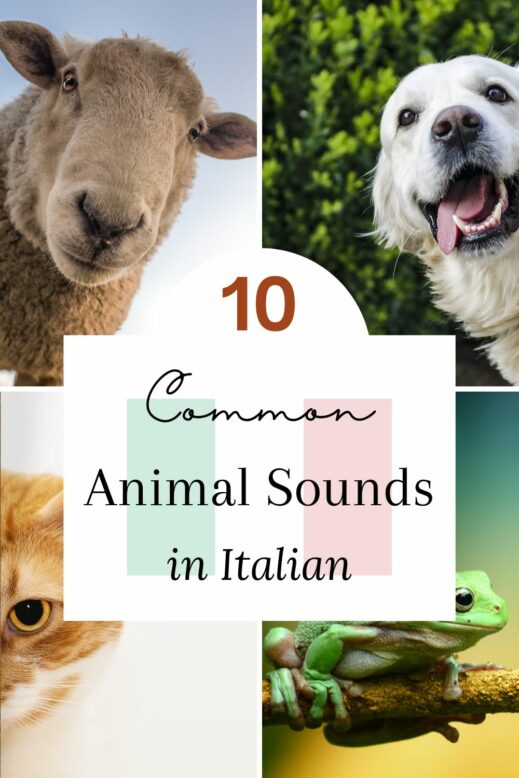Animal sounds are among the first sounds that children produce when they start talking. Using these sounds is an easy way for them to start communicating with the world around them. Children first imitate the sound of the animal itself and then, at a later stage, are able to say the name of the specific animal.
One would imagine that all languages represent animal sounds in the same way due to the fact that animals communicate with each other by emitting the same sounds wherever they are in the world, but in reality, this is not the case. Each language perceives sounds differently, so animal sounds are indeed different, or partially different, in every language.
In English the animal sounds are called “animal noises” or “animal sounds” while in Italian they are called i versi degli animali (“the verses of animals”). Since we have said each language has its own specific way to reproduce these sounds, we will compare the English ones with the Italian ones in this article. As you’ll see, some sounds are totally different, while in other cases, the difference is more in the spelling rather than in the sound itself.
Let’s analyse the 10 most common animal noises in Italian and English now.

1. Cra-cra – Ribbit
A frog in English goes ribbit or croak. In Italian it says cra-cra (or gra-gra) and the verb is gracidare in Italian and to croak/ribbit in English. This sound is very interesting because ribbit and cra-cra have nothing in common and ribbit, for a native Italian speaker, sounds like the animal “rabbit” so it can be very confusing.
La rana gracida nello stagno.
The frog is croaking in the pond.

2. Chicchirichì – Cock-a-doodle doo
In English a rooster goes cock-a-doodle doo, but in Italian it says something totally different! It goes chicchirichì. This dissimilarity is pretty incredible and I find it very funny. In addition, the English verb is to crow while in Italian, we say cantare, so to sing.
Il gallo canta all’alba.
The rooster crows at dawn.

3. Hiiii – Neigh
The horse is another very popular animal among children. While in English it makes the sound neigh-neigh, in Italian it only goes “hiiii”, without pronouncing the first letter “h”. The related verb is to neigh or to whinny and in Italian it’s nitrire.
Quando il cavallo nitrisce vuole dirci qualcosa.
When the horse whinnies it wants to tell us something.

4. Miao – Meow
And the cat? What sound does it make? In English the cat goes meow and in Italian it says miao and the verbs are respectively to meow and miagolare. I would say that they sound pretty similar.
Quel gatto non miagola mai.
That cat never meows.

5. Oink/Grunt – Oink
What about the pig? In English, the most famous pig on TV, Peppa, grunts, or goes “oink” while in Italian the pig says grunt but, sometimes as in English, it goes oink. The verbs are to grunt and grugnire.
Il maiale grugnisce mentre mangia.
The pig snorts while eating.

6. Muu – Moo
I am quite sure that the most imitated farm animal around the world is the cow, and we know that in English it goes moo. This sound is quite similar to the Italian version. The main difference is in the spelling. We spell it muu, but the sound, as I said, doesn’t differ too much. The verbs are: to moo and muggire.
La mucca muggisce per richiamare l’attenzione del vitello.
The cow moos to draw the attention of the calf.

7. Bee – Baa
Another very famous farm animal is the sheep and in English, as reported in a lot of songs for kids, it says baa baa while in Italian it goes bee-bee. Be careful not to read this double “ee” in the English way, but rather use the Italian “e” sound. The verbs are: to bleat and belare.
L’agnello bela quando ha paura.
The lamb bleats when it is afraid.

8. Cri-cri – Chirp chirp
When we find a cricket in the grass somewhere in England we can be sure that it is saying chirp chirp, while in an Italian meadow it would says cri-cri. The verbs are to chirp and frinire or cantare, just like the Italian rooster. Cantare is definitely the most popular.
Il grillo frinisce (o canta) nella notte.
The cricket chirps in the night.

9. Hi-ho – Hee-haw
The donkey sound is one of the cutest to imitate. English kids usually say hee-haw and Italian children go hi-ho, so it’s written differently but the sound is very similar. I presume, therefore, that if we had an English kid and an Italian kid play donkeys together, they would surely understand each other’s sounds. The verbs, on the other hand, are very different: to bray and ragliare.
L’asino raglia nel recinto.
The donkey is braying in the enclosure.

10. Qua-qua – Quack quack
Quack quack is what English families say when they are playing with the rubber ducky in the bathtub, while Italian families say qua-qua. The verbs are: to squawk and starnazzare.
La papera starnazza mentre nuota nel laghetto.
The duck is squawks while it swims in the pond.

Bonus: Bau bau – Woof woof / Bark bark
The animal sound a dog makes in Italian couldn’t be more different from the English equivalent. In Italian, a dog goes bau bau while in English, we hear bark bark or woof woof. The verbs are: to bark and abbaiare.
Il cane abbaia in giardino.
The dog barks in the garden.


Allegra Lucarelli, known professionally as allegraLu, is a certified Neurolanguage Coach for child bilingualism and a native Italian speaker who speaks English fluently. She helps families raise their children to be bilingual and multilingual at AllegraLu.com.


